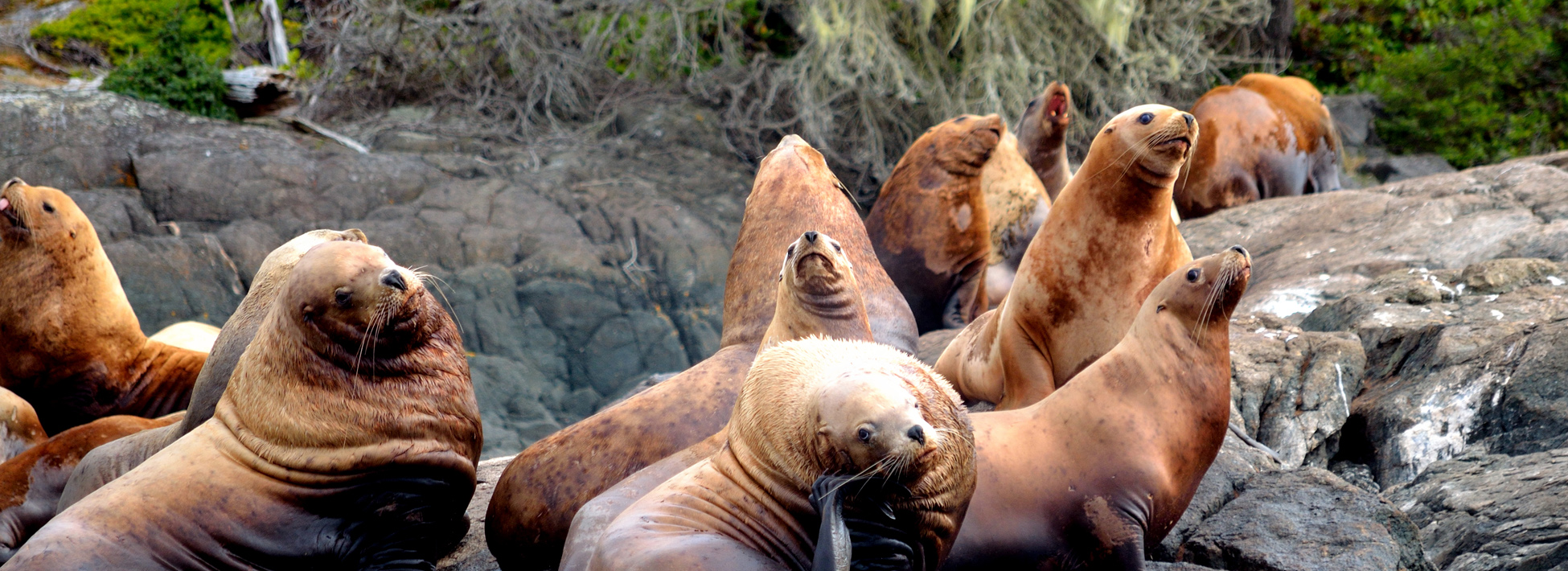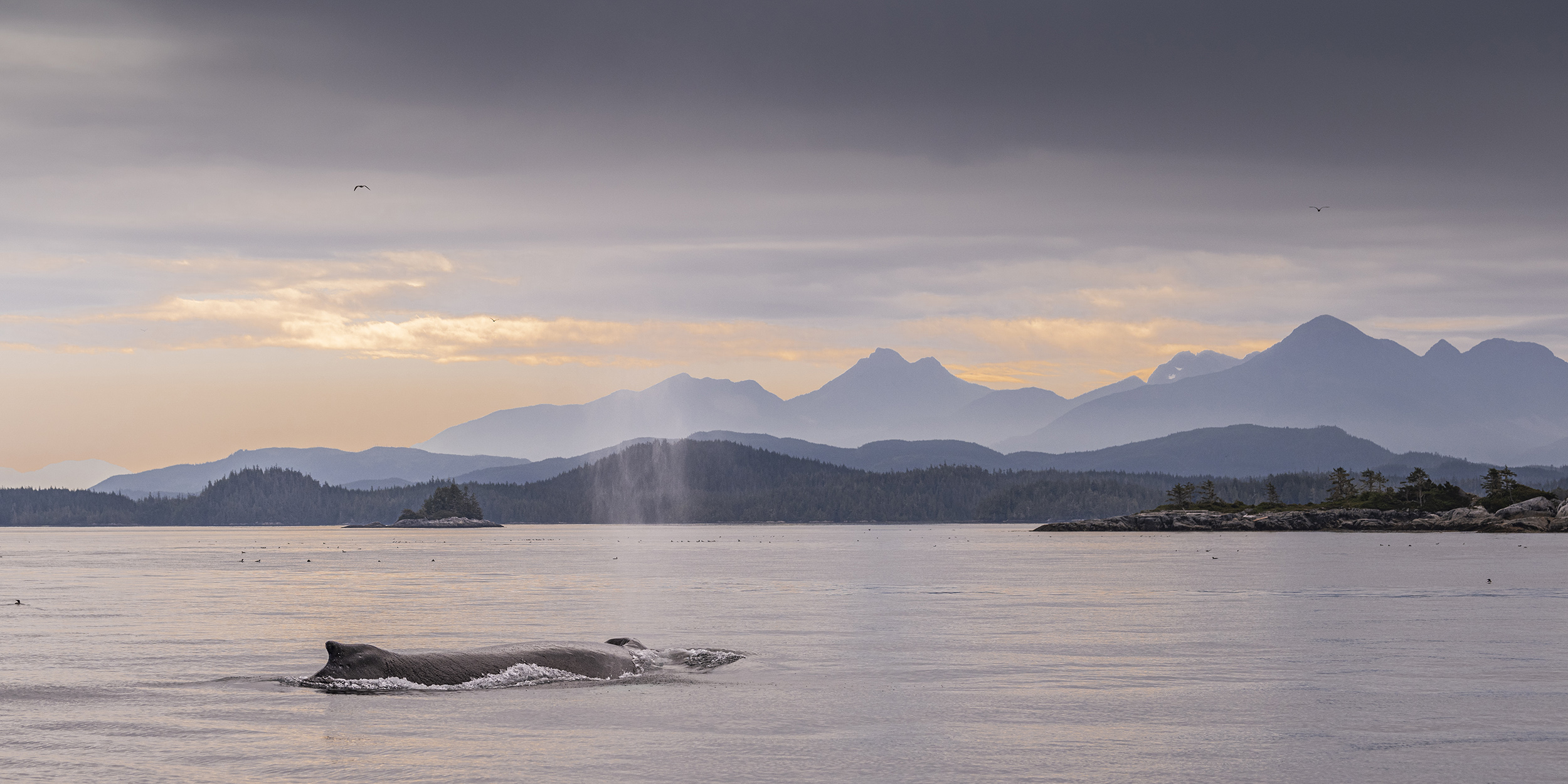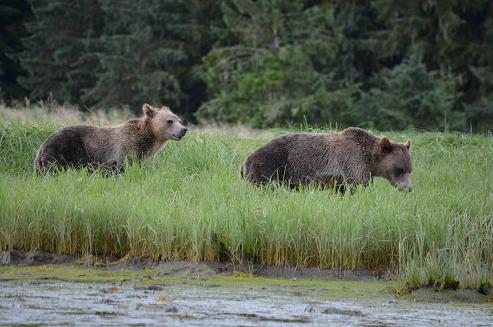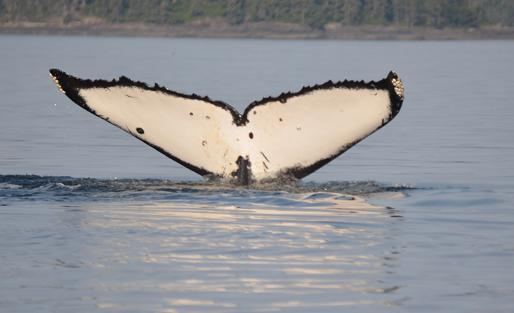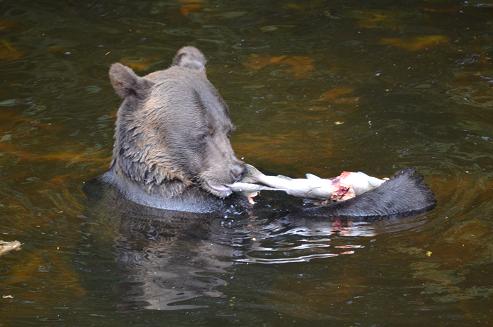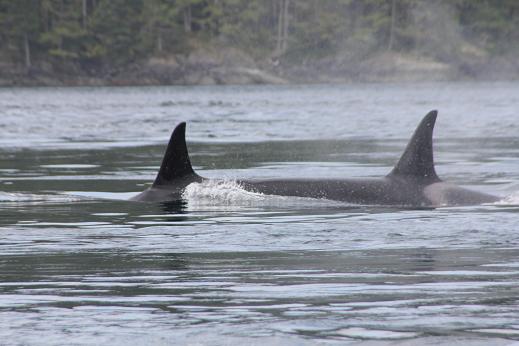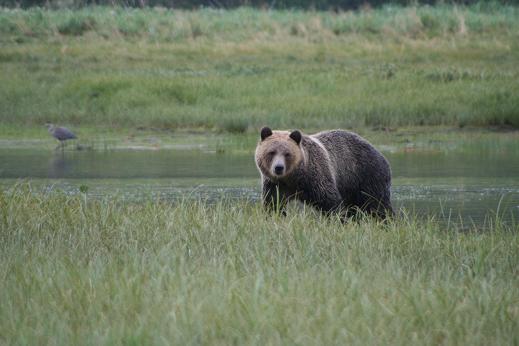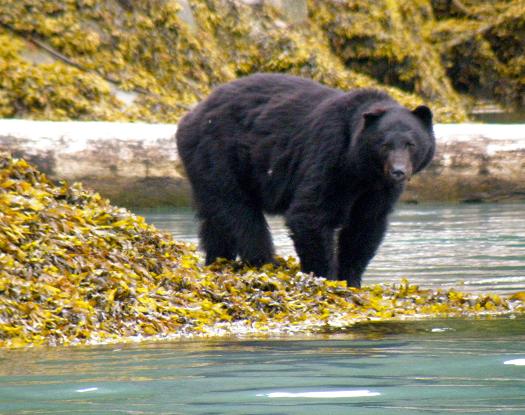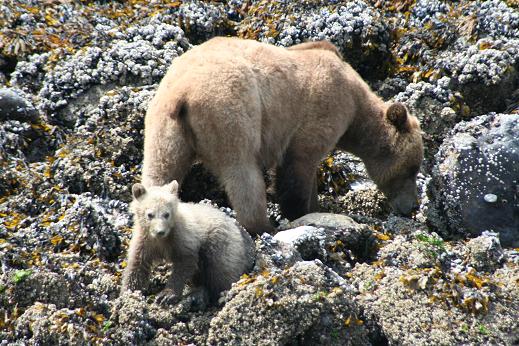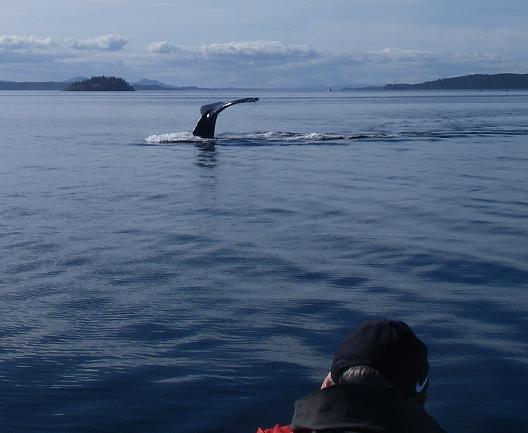 s a guide when I take photos in the boat I try to put things in perspective. For convenience I use a small Pentax OPI waterproof camera. This photo shows a guest taking a picture of a humpback whale fluking in the background. With the camera he was using and the closeness of the whale he has a good photo to take home and show his friends. This brings me to a word of caution I give all the guests in my boat: “Put down the camera and enjoy the experience”. If on your vacation, especially on wildlife tours, if you view everything through the lens of your camera you will miss more than half of the experience.
s a guide when I take photos in the boat I try to put things in perspective. For convenience I use a small Pentax OPI waterproof camera. This photo shows a guest taking a picture of a humpback whale fluking in the background. With the camera he was using and the closeness of the whale he has a good photo to take home and show his friends. This brings me to a word of caution I give all the guests in my boat: “Put down the camera and enjoy the experience”. If on your vacation, especially on wildlife tours, if you view everything through the lens of your camera you will miss more than half of the experience.
